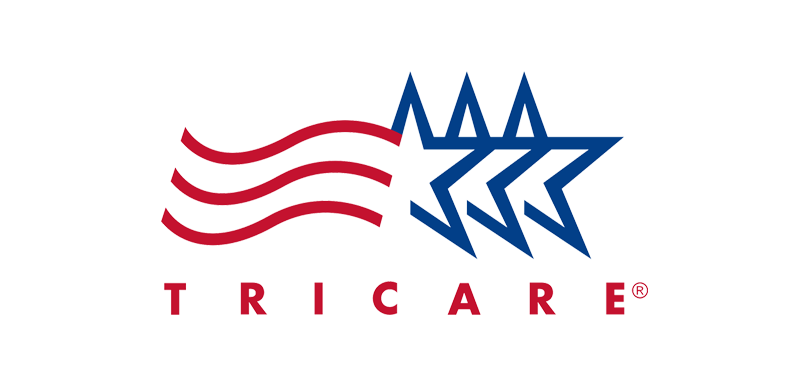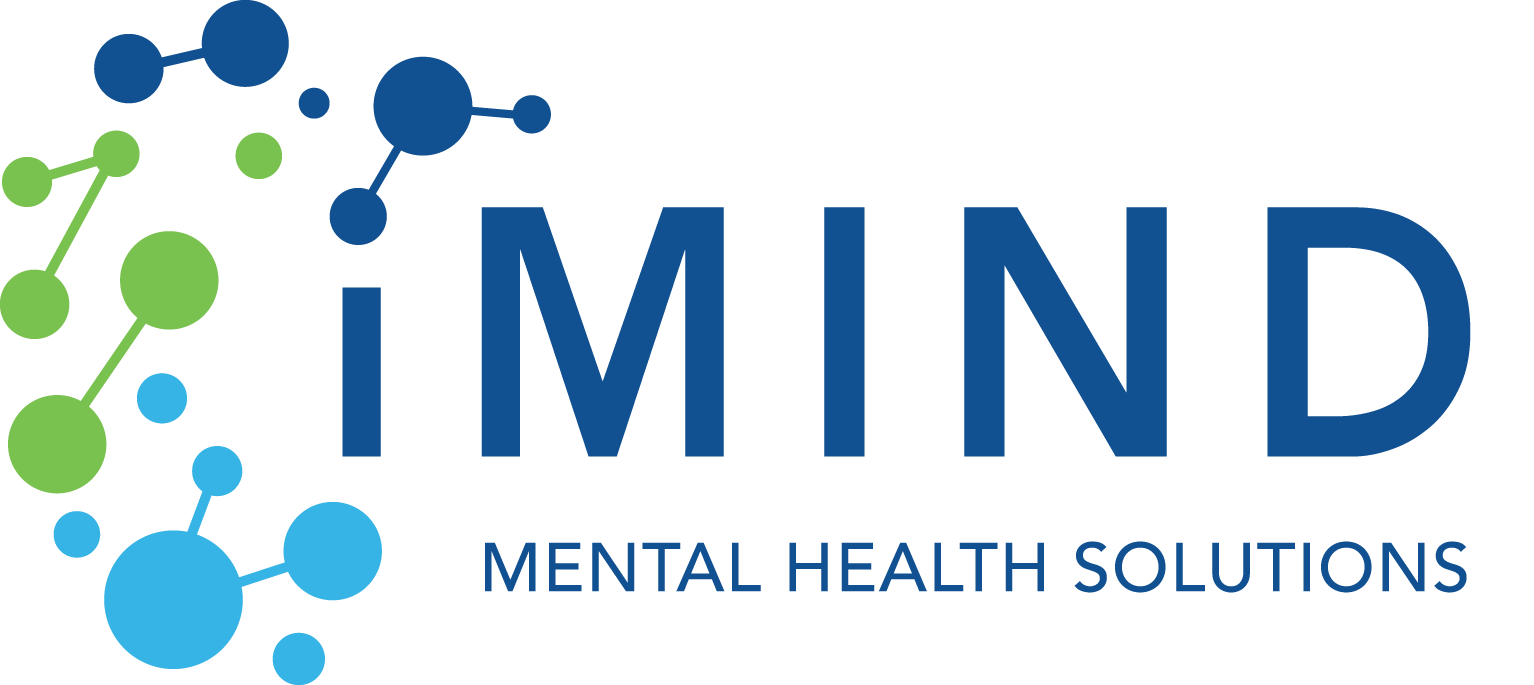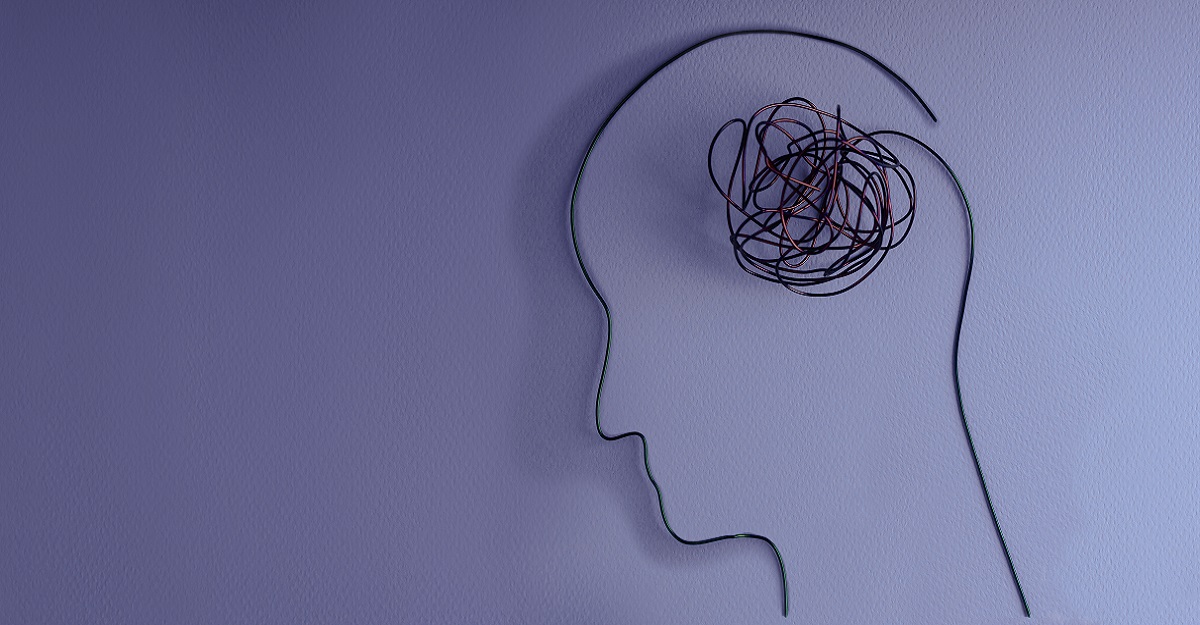Neurofeedback is Brain Training…
and it Works for a Host of Ailments
Your brain is the boss of your body, controlling all of your bodily functions. It uses your nervous system via your spinal cord to relay and receive messages. It is also where mental conditions originate. Brain training with neurofeedback is a way to directly address many issues, both physical and mental.


What is Neurofeedback?
Merriam-Webster’s medical definition of neurofeedback is:
“The technique of making brain activity perceptible to the senses (as by recording brain waves with an electroencephalograph and presenting them visually or audibly) in order to consciously alter such activity.”
-Merriam Webster
In other words, with neurofeedback, you can see your brain’s activity – whether it is represented on screen as a game, a song or a video – and consciously alter it. Over time, with repeated sessions, this allows new, desired patterns of brain activity to become a habit, retraining your brain to function better.
What Conditions Does Neurofeedback Treat?
Neurofeedback has been studied and shown promise for treatment of a wide variety of mental and physical conditions, including:
- ADHD
- Chronic Pain
- Insomnia
- Parkinson Disease
- Addiction – decreases
cravings for opioids
- Depression
- Learning Disabilities, dyslexia, and dyscalculia
- Post-Traumatic Stress Disorder
- Anxiety
- Eating Disorders
- Memory Issues
- Restless Leg Syndrome
- Athletic performance
enhancement
- Epilepsy
- Migraines/Tension Headache
- Schizophrenia
- Autistic Spectrum Disorder
- Fibromyalgia
- Obsessive Compulsive Disorder
- Traumatic Brain Injury/Stroke
What Conditions Does Neurofeedback Treat?
Neurofeedback has been studied and shown promise for treatment of a wide variety of mental and physical conditions, including:
- ADHD
- Addiction-decreases cravings for opioids
- Anxiety
- Athletic performance enhancement
- Autistic Spectrum Disorder
- Chronic Pain
- Depression
- Eating Disorders
- Epilepsy
- Fibromyalgia
- Insomnia
- Learning Disabilities, dyslexia, and dyscalculia
- Memory Issues
- Migraines/Tension Headache
- Obsessive Compulsive Disorder
- Parkinson Disease
- Post-Traumatic Stress Disorder
- Restless Leg Syndrome
- Schizophrenia
- Traumatic Brain Injury/Stroke
How Does Neurofeedback Work?
Neurofeedback is administered in sessions. First, a baseline test will be given. This allows the therapy provider to determine which areas of the brain to target to reach the desired goal.
Initial testing looks for underactive or overactive areas of the brain. The most common test is a qEEG, or brain mapping.
The provider will then tailor a treatment program to meet your specific needs. During sessions, electrodes will be placed on your scalp and hooked up to a computer. The computer measures and records your brain’s electrical activity while you are listening to music, playing a game, or watching a video.
When your brain is operating normally, the game, video, or music continues. When brain activity becomes too fast or too slow, it stops. This trains your brain to stay in the optimal range of activity.
Because the desired brain activity is reinforced again and again as you move through the sessions, these new patterns eventually become habit.

Many people have seen improvement in their lives through
neurofeedback:

“After a few sessions, I experienced a gradual but noticeable improvement. My speech became more expressive, my lethargy began to abate, and I felt a renewed sense of clarity. Before treatment, I had to force myself to do everything. With more sessions, I went from being quiet and withdrawn to having more alertness and focus. After years of struggling to form a meaningful connection with others, I found I could have complex conversations on all sorts of topics. No longer was I talking in monotone and reduced to short phrases and often inappropriate remarks. Those closest to me noticed a difference… For 10 years, it was like there was a power outage inside my head. Neurofeedback turned the lights back on.”
Peter Fox
author of Washington Post article, diagnosed with mild cognitive impairment that can lead to dementia (Fox, 2021)
Many people have seen improvement in their lives through
neurofeedback:

“After a few sessions, I experienced a gradual but noticeable improvement. My speech became more expressive, my lethargy began to abate, and I felt a renewed sense of clarity. Before treatment, I had to force myself to do everything. With more sessions, I went from being quiet and withdrawn to having more alertness and focus. After years of struggling to form a meaningful connection with others, I found I could have complex conversations on all sorts of topics. No longer was I talking in monotone and reduced to short phrases and often inappropriate remarks. Those closest to me noticed a difference… For 10 years, it was like there was a power outage inside my head. Neurofeedback turned the lights back on.”
Peter Fox
author of Washington Post article, diagnosed with mild cognitive impairment that can lead to dementia (Fox, 2021)
The best thing is that neurofeedback is safe. Unlike medication, it has no side effects. It’s a non-invasive treatment and there is no pain or recovery time involved.
Why it works: Neuroplasticity
The concept of neuroplasticity is simple: Our brains can adapt and functionally change. One of the ways your brain learns to work in new ways is through operant or instrumental conditioning. This is a training method based on punishment and rewards.
Your brain associates consequences (positive or negative) with behavior. You can see it at work with dogs when they get treats and pets for good behavior. It also works with children when they are rewarded with a toy, money, or something delicious for getting good grades or behaving well. It works for our brains, too, when we do something that gives us a good chemical payoff in the brain, such as achieving a goal.
Neurofeedback employs rewards – the game, the music, or the movie continues playing or you gain points when your brain is operating optimally. It also employs punishments as well, either stopping or causing you to lose points whenever your brain’s activity falls out of the desired range.

Does Insurance Cover Neurofeedback?
It depends. Some do; some don’t. Even if they do, however, they may only cover it for conditions that they consider to be medically necessary and/or appropriate.
You can ask your neurofeedback provider to verify your insurance, or you contact your insurance company directly to find out. Simply call the number on the back of your card or log into their website. Neurofeedback is a form of biofeedback, so you may need to inquire about both treatments.
Again, most neurofeedback providers will let you know up front whether or not your treatment will be covered by your insurance. They can also let you know how much testing will be (which is the first step). Once that phase is complete, they’ll be able to formulate a treatment plan and let you know what the total cost will be.

- Fox, P. (2021, September 18). Perspective | psychotherapy never cleared my ‘Brain fog’ and mental health woes. so I tried neurofeedback. The Washington Post. Retrieved October 17, 2021, from WashingtonPost.com
- Merriam-Webster. (n.d.). Neurofeedback medical definition. Merriam-Webster. Retrieved October 17, 2021, from Merriam-Webster
- Marzbani, H., Marateb, H. R., & Mansourian, M. (2016, April). Neurofeedback: A comprehensive review on system design, methodology and clinical applications. Basic and clinical neuroscience. Retrieved October 17, 2021, from NCBI.NLM.NIH.gov
Mental Health Resources
-
Can You Use FMLA for Mental Health?
Yes, under the FMLA, eligible employees can take up to 12 weeks of unpaid leave per year to address qualifying family-related or health issues – including mental health ones – without the fear of losing their jobs. Here are the general eligibility criteria for both employees and employers…
-
What is the Hardest Mental Illness to Have?
Mental health is a complex part of our wellbeing, deeply personal and uniquely challenging for each one of us. When it comes to mental illnesses, there is no one-size-fits-all. Each condition brings its own set of obstacles and experiences. When we ask, “What is the hardest mental illness to have?” the answer is far from…
-
Does My Child Have ADHD?
Attention-Deficit/Hyperactivity Disorder (ADHD) is a neurodevelopmental disorder commonly recognized in childhood. ADHD manifests through pronounced symptoms of distractibility, impulsiveness, and, in many cases, excessive activity that is beyond the expected behavior for a person’s age and development.
-
Can You Use FMLA for Mental Health?
Yes, under the FMLA, eligible employees can take up to 12 weeks of unpaid leave per year to address qualifying family-related or health issues – including mental health ones – without the fear of losing their jobs. Here are the general eligibility criteria for both employees and employers…
-
What is the Hardest Mental Illness to Have?
Mental health is a complex part of our wellbeing, deeply personal and uniquely challenging for each one of us. When it comes to mental illnesses, there is no one-size-fits-all. Each condition brings its own set of obstacles and experiences. When we ask, “What is the hardest mental illness to have?” the answer is far from…
-
Does My Child Have ADHD?
Attention-Deficit/Hyperactivity Disorder (ADHD) is a neurodevelopmental disorder commonly recognized in childhood. ADHD manifests through pronounced symptoms of distractibility, impulsiveness, and, in many cases, excessive activity that is beyond the expected behavior for a person’s age and development.
Latest News
-
Top 10 Questions About Art Therapy for Mental Health
Art therapy has recently gained recognition for its unique blend of healing therapy and personal expression. Despite its growing popularity, there seems to be some misunderstanding about what art therapy entails, who it can benefit, and how it differs from other forms of therapy.
-
ADHD Strengths: The Positive Side of Attention Deficit Hyperactivity Disorder
Scattered minds, fidgety bodies, and difficulty focusing. Attention Deficit Hyperactivity Disorder (ADHD) often gets painted in shades of struggle. But what if there’s a brighter side to the story? What if, beneath the challenges of ADHD, lie unique strengths just waiting to be unlocked?
We accept most major insurances and private pay options are available









If you do not see your insurance carrier above, please contact us to verify your benefits






